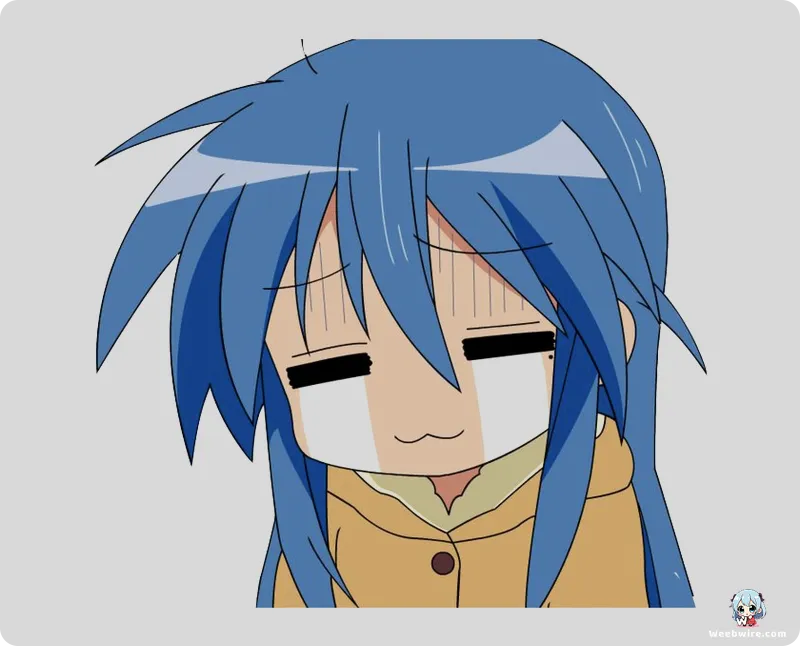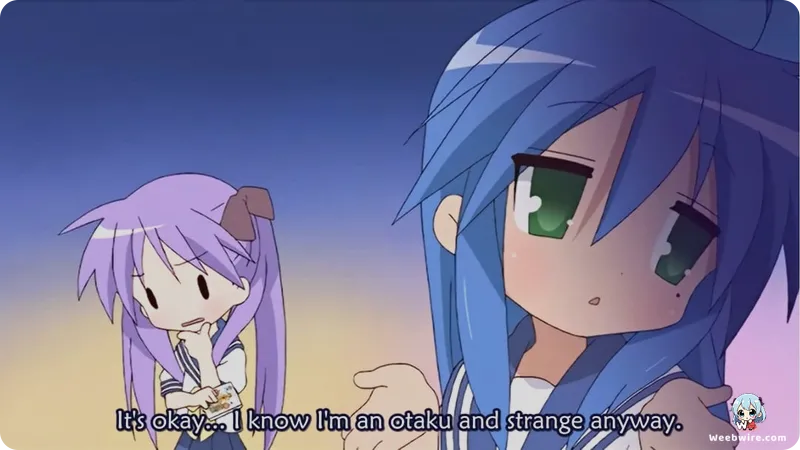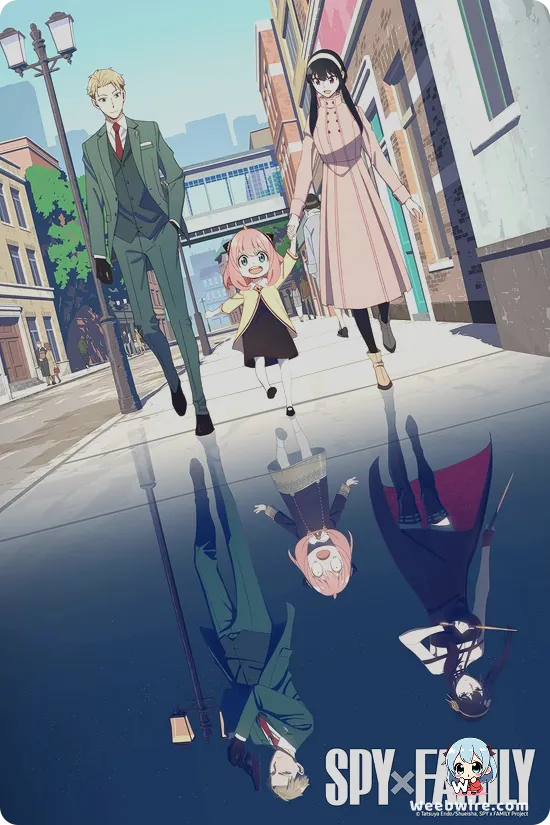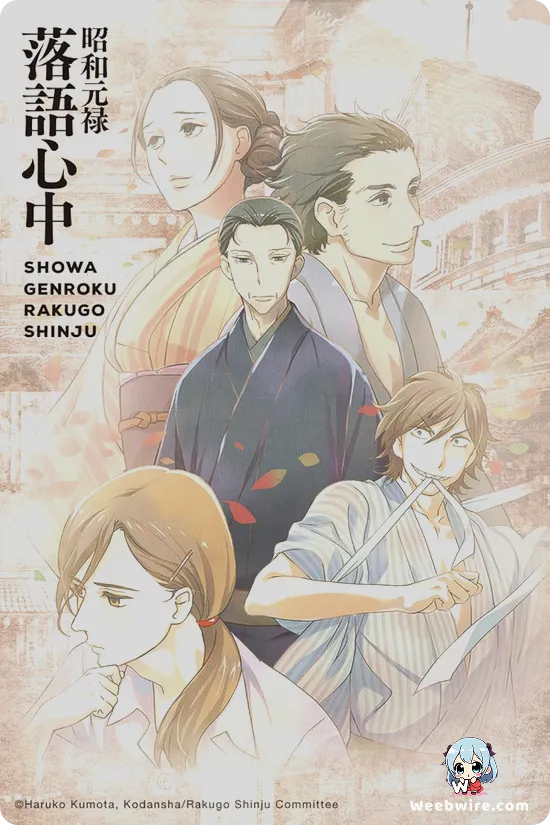Lucky☆Star's Enduring Legacy: A Deep Dive into Kyoto Animation's Iconic Slice-of-Life Gem

Over a decade since its April 2007 debut, Kyoto Animation's beloved slice-of-life comedy, Lucky☆Star, continues to captivate audiences worldwide. Beyond its iconic opening and Konata Izumi's distinctive otaku persona, the series is packed with hidden gems and production insights that solidify its unique place in anime history. This article explores the lesser-known elements contributing to its enduring cultural impact.
The Pioneering 'Anime Pilgrimage' Phenomenon
A remarkable aspect of Lucky☆Star is its meticulous recreation of real-world locations, particularly around Saitama Prefecture's Washinomiya Shrine, now part of Kuki City. This fidelity sparked an unprecedented 'anime pilgrimage' phenomenon, or 'seichi junrei,' where fans visited the actual sites depicted in the show. Washinomiya Shrine, in particular, saw a massive surge in tourism, becoming a vibrant hub for otaku culture. It even began selling Lucky☆Star-themed merchandise and hosting special events. This symbiotic relationship between fiction and reality underscored Kyoto Animation's commitment to immersing viewers, effectively blurring the lines between animation and tangible experience.
Konata Izumi: An Otaku Icon
At the core of Lucky☆Star's enduring appeal is its quartet of high school girls, led by the diminutive, lazy, and fiercely otaku Konata Izumi. Voiced by the popular Aya Hirano, Konata became an instant icon, embodying sardonic wit and an encyclopedic knowledge of anime and games. Hirano, a known gamer herself, brought an authentic depth to Konata's character, making her portrayal incredibly relatable. The series' meta-humor, often featuring Konata breaking the fourth wall or referencing other Kyoto Animation productions like The Melancholy of Haruhi Suzumiya (which also starred Hirano), was a groundbreaking approach that delighted fans and highlighted the industry's growing self-awareness.

A Tapestry of Pop Culture References
Lucky☆Star is also a rich tapestry of pop culture references and parodies, many subtly integrated into its narrative. Beyond the obvious Haruhi Suzumiya nods, dialogue and visual gags subtly alluded to classic anime, video games, and internet memes prevalent at the time. This intricate layering enhanced rewatchability, transforming seemingly mundane conversations about everyday life into clever comedic gold. These references formed a kind of secret language, fostering a shared understanding and deeper connection within the otaku community.
Innovative Adaptation from 4-Koma Manga
Originating as a 4-panel manga, or 'yonkoma,' by Kagami Yoshimizu, adapting this episodic format into a coherent anime posed unique challenges. Kyoto Animation ingeniously expanded on the manga's short, punchy jokes, adding transitional scenes and developing character interactions, all while meticulously preserving its lighthearted, non-linear structure. This innovative adaptation strategy became a blueprint for future slice-of-life anime, showcasing Kyoto Animation's storytelling prowess through fluid animation and expressive character designs.
The Enduring Power of "Motteke! Sailor Fuku"
The opening theme, "Motteke! Sailor Fuku," remains one of the most recognizable and influential anime openings ever created. Its catchy tune, rapid-fire lyrics, and iconic, quirky dance routine became an instant sensation upon its release. Performed by the main cast's voice actresses, its complexity surprised many, yet fans quickly embraced replicating the dance and singing along. This transformed it into a cultural phenomenon extending far beyond the anime's core audience. The song's energetic chaos perfectly encapsulated the show's spirit, proving the immense power an opening theme holds as a legacy builder and marketing tool.
A Lasting Legacy in Anime
Lucky☆Star's legacy endures, significantly influencing subsequent slice-of-life anime with its unique blend of observational humor and meta-commentary. It demonstrated convincingly that everyday life, when presented through relatable characters and clever writing, offers endless entertainment possibilities. Its pioneering use of real-world locations for fan engagement, its deep dive into otaku culture, and its innovative 4-koma adaptation cement its pivotal status in anime history. For those who appreciate subtle character interaction and hidden layers within familiar settings, Lucky☆Star remains a timeless and profoundly rewarding viewing experience.
Credits
Lucky☆Star
Author
Kagami Yoshimizu
Cover Art
Kagami Yoshimizu
Studio
Kyoto Animation
Publisher
Kadokawa Shoten
Producers





